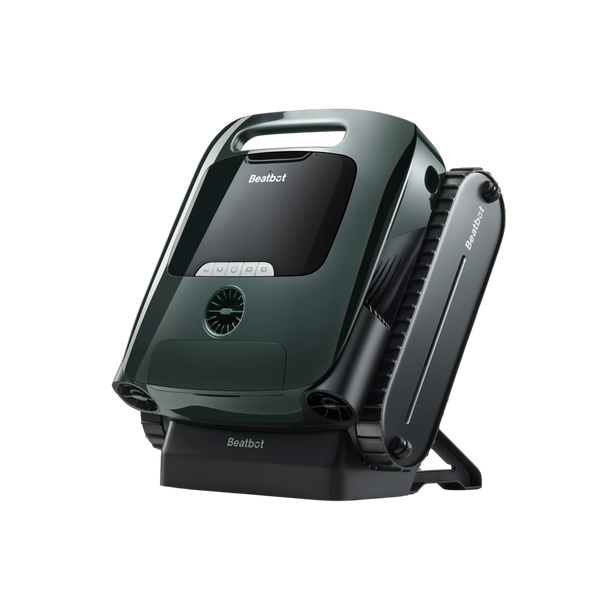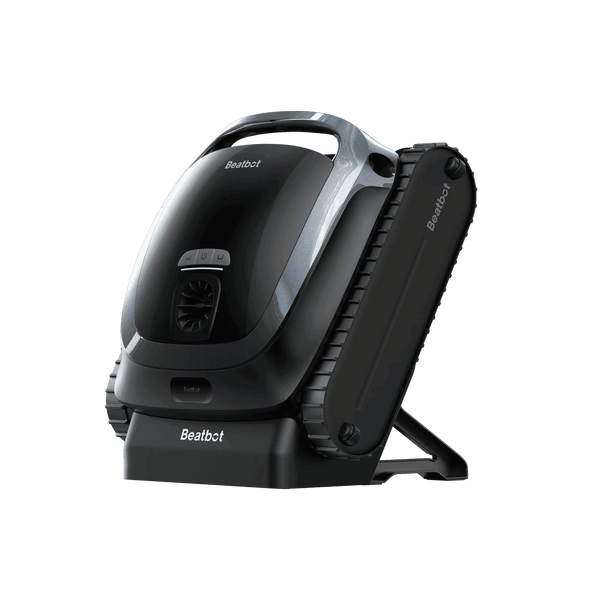About Pool Pumps: How to Test Your Capacitor for Optimal Performance
That weird humming from your pool pump isn't just annoying – it might be screaming "help!" Your pump's capacitor could be on its last legs, and ignoring those strange noises might leave you with a dead pump and a green pool. Jump in as we explore how to test your pump's capacitor and keep your pool crystal clear.
Table of content

Why Your Pool Pump's Capacitor Matters
Think of your capacitor as the heart that keeps your pool pump beating. Without this vital component working properly, your pump motor struggles to start or runs like it's gasping for air. The real kicker? A failing capacitor doesn't just make weird noises – it's silently draining your wallet through sky-high electric bills and potential motor damage.
Your pump's capacitor gives the motor that crucial burst of energy it needs to kick into action. When it starts to fail, your motor draws more power trying to compensate. This extra strain isn't doing your pump any favors, and you'll feel the punch in both repair costs and energy bills if you let it slide.
Essential Tools for Testing
Let's get real about what you need in your toolkit before diving into capacitor testing. Skip the fancy gadgets – here's what actually matters:
A quality multimeter with capacitance settings sits at the top of your must-have list. Don't cheap out here – your standard voltage tester won't cut it for this job. Grab a pair of thick work gloves too, because capacitors pack a serious electrical punch even when your pump's unplugged.
You'll also want your basic socket set handy and an insulated screwdriver. That plastic handle isn't just for comfort – it's your shield against any residual electrical charge. Some pool owners try to wing it with makeshift tools, but trust us, proper equipment makes the difference between a smooth test and a shocking surprise.
Safety First: Disconnect Power
Here's something nobody mentions enough – that capacitor holds enough juice to knock you flat even after unplugging your pump. Cut all power at the breaker, then wait a full 30 minutes before touching anything. Those tiny cylinders pack a wallop that'll make you regret rushing in. Your fingers and your family will thank you for taking this seriously.
Finding Your Pump's Capacitor
Pop open your pump's electrical housing and you'll spot what looks like a black or silver soup can near the motor. Most residential pools use dual capacitors – one kicks things off, while the other keeps them running smooth. They usually hide under a protective cover, so grab your screwdriver and remove it carefully. Watch those mounting brackets – they love to snap if you rush.
Testing Steps Explained
Getting Started
Point your multimeter to capacitance mode and touch those leads to your capacitor's terminals. Your reading should dance close to the number printed on the side – usually between 20-40 microfarads. If you're off by more than 10%, your capacitor's crying for replacement.
Reading the Results
A healthy capacitor gives you steady numbers matching its rating. But when things go south, you'll see the signs: zero readings, numbers bouncing like a pool ball, or values so far off they might as well be random. Trust these readings – they're telling you something important about your pump's health.
When to Call a Pro
Let's face it – sometimes you need backup. If you're seeing multiple failed tests, capacitor goo leaking everywhere, or your motor's sporting burn marks, it's time to make that call. Same goes for burning smells or those fancy dual-speed setups that need special handling. No shame in knowing when to tag in an expert.
Troubleshooting Beyond Capacitor Issues
Sometimes what seems like a faulty capacitor points to bigger problems. Ever noticed your pump housing vibrating like a massage chair? That's not normal, and your capacitor test might come back clean. Check those mounting bolts – loose hardware makes your pump dance. While you're poking around, inspect the shaft seal for leaks and listen for bearing chatter. These issues love to mimic capacitor problems but need different fixes.
Sizing Up Replacement Options
Let's talk capacitor shopping – because grabbing the wrong one wastes time and cash. Your old capacitor spells out exactly what you need right on its side. Spot those microfarad (MFD or μF) numbers and voltage rating. Tempted by that cheaper option with slightly different specs? Don't. Your pump motor demands specific ratings to run right. Match those numbers or risk another round of repairs.
Understanding Capacitor Types
Start capacitors look similar to run capacitors, but mix them up and you're asking for trouble. Start caps pack more punch but can't handle extended run times. Run capacitors keep things smooth during operation but lack starting muscle. Some newer pumps use both – that's why matching part numbers matters so much.

Maintenance Tips to Prevent Failure
Keep your ears open for unusual noises during your monthly check. A clean, dry motor housing prevents early capacitor death. Track how your pump starts up and jot down any changes in your power bills. Book those yearly pro checkups – they catch problems while they're still cheap fixes.Remember to test that capacitor before summer hits full swing. Nothing ruins a pool party faster than a dead pump, and nobody wants to scramble for emergency repairs in peak season.
Relative Blogs
About the author



















